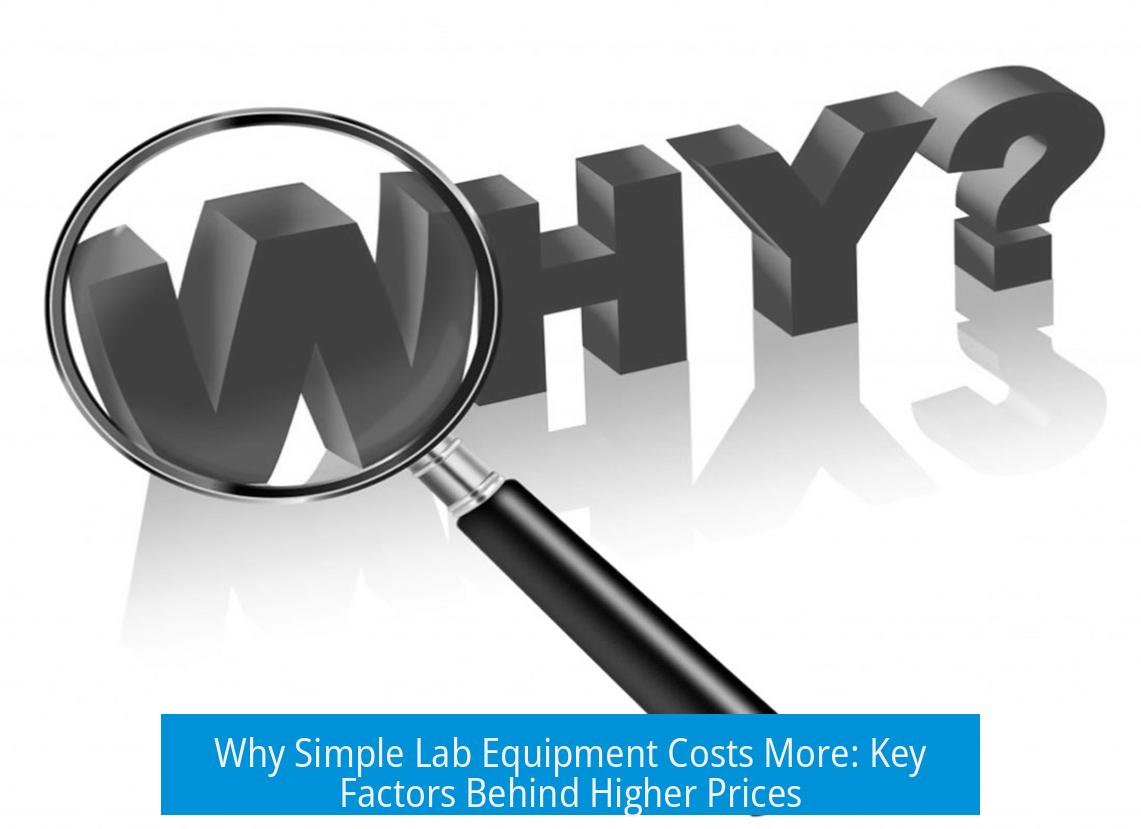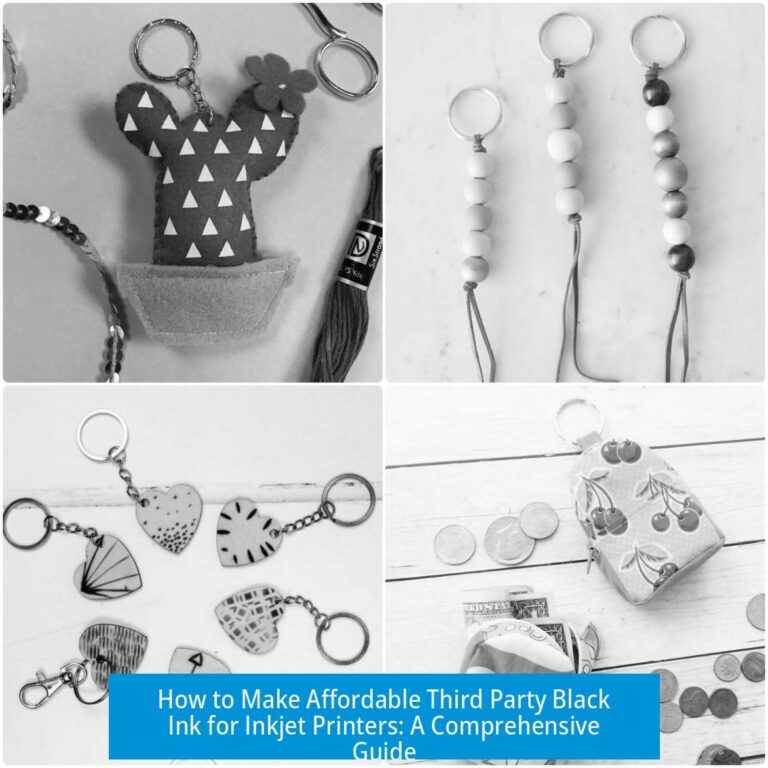Why Are Simple Lab Equipment Expensive?
Simple lab equipment is expensive primarily due to the specialized manufacturing process, low production volumes, the high precision required, and the unique economic dynamics within the scientific market. Factors such as limited economies of scale, inelastic customer demand, and the purchasing context in research institutions also contribute significantly to elevated costs.
1. Specialized Manufacturing and High Precision Standards
Lab equipment, even when seemingly simple, demands a level of precision far beyond common consumer products. Production requires highly skilled labor and advanced manufacturing technologies. Unlike household items, lab tools must meet rigorous standards for accuracy and reliability—mistakes can jeopardize entire research projects.
- Manufacturers implement extensive testing throughout production.
- Equipment is validated to ensure consistent performance under varying conditions.
- This precision prevents the labeling of lab tools as disposable or low-quality items.
The precision machining and calibration required increase manufacturing costs. This investment in quality ensures that users receive reliable, reproducible results crucial to scientific work.
2. Limited Production Volumes Curtail Economies of Scale
Unlike devices like smartphones or televisions, lab equipment is produced in much smaller quantities. This scarcity limits the ability to reduce costs by spreading fixed expenses across millions of units.
- Scientific instruments face high non-recurring engineering fees.
- Overhead expenses cannot be divided over large production runs.
- Small production volumes keep unit costs inherently high.
These conditions result in prices that reflect the smaller market size and the complex manufacturing process. Mass consumer electronics enjoy benefits from volume production that scientific equipment cannot match.
3. Supply and Demand Dynamics in a Niche Market
Demand for lab equipment is generally inelastic. Researchers and labs require specialized tools to perform experiments or analyses, and substitutes often do not exist.
- Because purchase is often mandatory, suppliers have less pressure to reduce prices.
- Limited customer numbers create a niche market where manufacturers can maintain higher margins.
- Some companies use pricing strategies where affordable “loss leaders” subsidize more expensive items.
Large corporations purchasing multiple units might appear indifferent to cost, allowing manufacturers flexibility to set higher prices for these tools.
4. Purchasing Context and Its Impact on Pricing
Lab equipment is mostly purchased by institutions using grant funds or organizational budgets where direct cost sensitivity is reduced. This financing method affects pricing dynamics.
- Grant money creates less hesitation for high spending compared to out-of-pocket costs.
- Purchasing often involves multiple administrative steps such as quotes, purchase orders, and approvals.
- Price negotiation is minimal as vendors deal with institutional procurement rather than individual consumers.
Bulk buyers, including large pharmaceutical and research companies, often have little incentive to minimize spending because costs are absorbed within large budgets.
5. Manufacturer Expertise and Labor Costs
Building even simple lab instruments requires specialized knowledge. Skilled labor and advanced machinery add to the expense.
- Developing and manufacturing durable scientific tools involve complex design and assembly.
- Manufacturers invest extensively in research, quality control, and customer support services.
- Efforts to create cheaper alternatives while maintaining quality face significant technical barriers.
For example, a device like a bottle roller is not just a mechanical part; it must operate reliably under continuous use, which increases costs.
6. Vendor Support, Reliability, and Reduced Downtime
Purchasing from reputable manufacturers means gaining technical support and product reliability.
- Vendors provide assistance that reduces downtime during critical research.
- Reliable equipment leads to higher confidence in results and fewer disruptions.
- Self-made or lower-quality tools risk operational failures that can delay scientific projects.
When equipment fails, the time lost troubleshooting or repairing it often exceeds the initial savings from cheaper purchases.
7. Alternative Options and Cost Savings
Users sometimes find affordable options by exploring used or second-hand markets such as eBay.
- Many lab instruments, including complex items, can be purchased pre-owned at significantly lower prices.
- For example, specialized glassware or traps can be acquired cheaply without compromising functionality.
However, used equipment may lack warranties or support, and the buyer must weigh risk versus savings carefully.
8. Insights from Large Corporate Spending Patterns
Industry giants with substantial budgets often pay prices that would seem excessive to smaller labs.
- Big Pharma and chemical companies have extensive spending capacities.
- These firms’ willingness to absorb higher costs drives market pricing upward.
- Cultural anecdotes reveal spending on premium amenities alongside scientific tools, reflecting less price sensitivity.
This environment reinforces vendor pricing power and maintains the high cost of lab equipment broadly.
Key Takeaways
- Lab equipment requires precise manufacturing, driving production costs up.
- Small production volumes limit economies of scale, keeping prices elevated.
- Inelastic demand means researchers often must pay high prices.
- Purchasing through grants and large organizations reduces price sensitivity.
- Vendor support and reliability justify part of the expense.
- Used equipment markets offer potential savings but with trade-offs.
- High spending patterns of large corporations influence overall pricing.





Leave a Comment